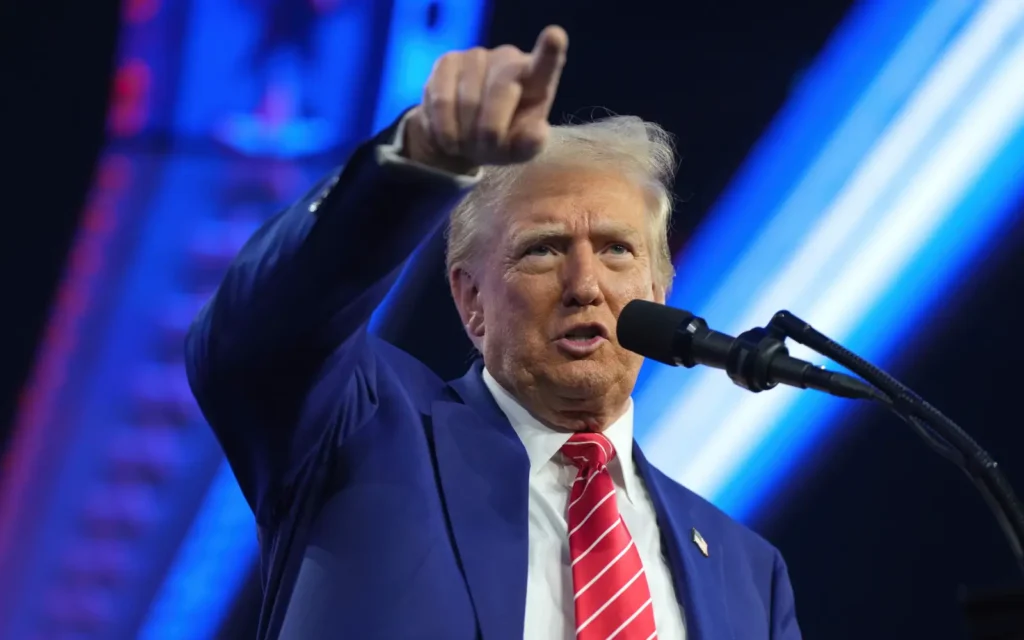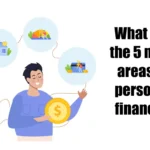As Donald Trump prepares to take office again, his first year promises to be a whirlwind of fiscal challenges and political battles. With a Republican-controlled Congress, there’s optimism about advancing major tax cuts and spending reforms. However, deep divisions within the GOP and a looming national debt crisis could derail these ambitions, setting the stage for a tumultuous year ahead.
The Political Landscape in 2025
Republican Trifecta Returns
For the first time since 2017, Republicans control both the executive and legislative branches. This “trifecta” fuels expectations for sweeping policy changes, particularly in tax reform and spending cuts.
Fractured GOP
Despite their majority, Republicans are far from unified. The party includes factions like budget hawks, who vehemently oppose measures that could increase the national debt. This internal discord makes passing major legislation an uphill battle.
Tax Cuts and Budget Battles
Revisiting the 2017 Tax Cuts
Trump’s first year will likely center on extending the 2017 tax cuts, which are set to expire in 2025. Proposals include eliminating income tax on tips and other measures designed to appeal to middle-class voters.
The Debt Dilemma
Extending these tax cuts could add $4 trillion to the national debt, already exceeding $36 trillion. While Republicans aim to offset costs through spending cuts, programs like Medicare and Social Security remain politically untouchable, leaving limited options.
Political Challenges
With a razor-thin majority in the House, every Republican vote counts. Past funding battles suggest securing consensus will be difficult, especially as Democrats are unlikely to support GOP priorities.
Spending Debates and Government Shutdown Risks
Short-Term Spending Bills
The December 2024 budget standoff highlighted the fragility of bipartisan cooperation. Similar short-term fixes may be necessary, but they don’t address underlying fiscal issues.
Key Funding Deadlines
Major fiscal deadlines loom in March and September, marking potential flashpoints for government shutdowns. These battles could further erode public trust in Congress.
Defense, Medicare, and Social Security
Defense spending and entitlement programs make up the bulk of the federal budget. Cutting these areas to fund tax reforms risks alienating key voter groups.
Debt Ceiling Drama
The History of Debt Limit Fights
Debt ceiling debates have become a recurring source of political turmoil. In 2023, Fitch downgraded US debt due to Congressional gridlock, signaling growing concerns about America’s fiscal health.
Ratings and Market Reactions
Credit rating agencies like Moody’s and S&P warn that political dysfunction could lead to further downgrades. These actions increase borrowing costs and undermine market confidence.
Broader Economic Implications
Risks to the US Economy
Fiscal uncertainty can slow economic growth, increase interest rates, and deter investment. Prolonged political infighting only exacerbates these risks.
The Global Perspective
As the world’s largest economy, US fiscal policies have far-reaching impacts. Rising debt and political instability could weaken the dollar’s global standing, affecting international trade.
Trump’s Policy Priorities
Balancing Act
Trump faces the daunting task of delivering on campaign promises while managing the nation’s fiscal health. Striking this balance will define his second term.
Potential Outcomes
Best-case scenarios include modest tax reforms with bipartisan support. Worst-case? Gridlock, economic instability, and a growing national debt.
Donald Trump’s first year in office will likely be a high-stakes balancing act. The challenges of extending tax cuts, managing spending, and navigating political divisions could shape not only his legacy but also the economic future of the United States. As fiscal fireworks unfold, the nation watches, hoping for stability amid uncertainty.
Why is the national debt such a critical issue in 2025?
Rising debt levels threaten economic stability and increase borrowing costs, impacting government programs and public trust.
How might Trump’s tax proposals affect ordinary Americans?
While some proposals could lower individual taxes, the long-term impact depends on how they are funded and whether they increase the national debt.
What is the debt ceiling, and why is it important?
The debt ceiling limits how much the government can borrow. Failure to raise it can lead to default and economic crises.
How do credit rating downgrades impact the US economy?
Downgrades increase borrowing costs, weaken market confidence, and signal concerns about fiscal health to global investors.
What can voters expect from the fiscal debates in 2025?
Expect intense battles over tax reforms, spending cuts, and debt limits, with significant implications for the economy and government programs.








